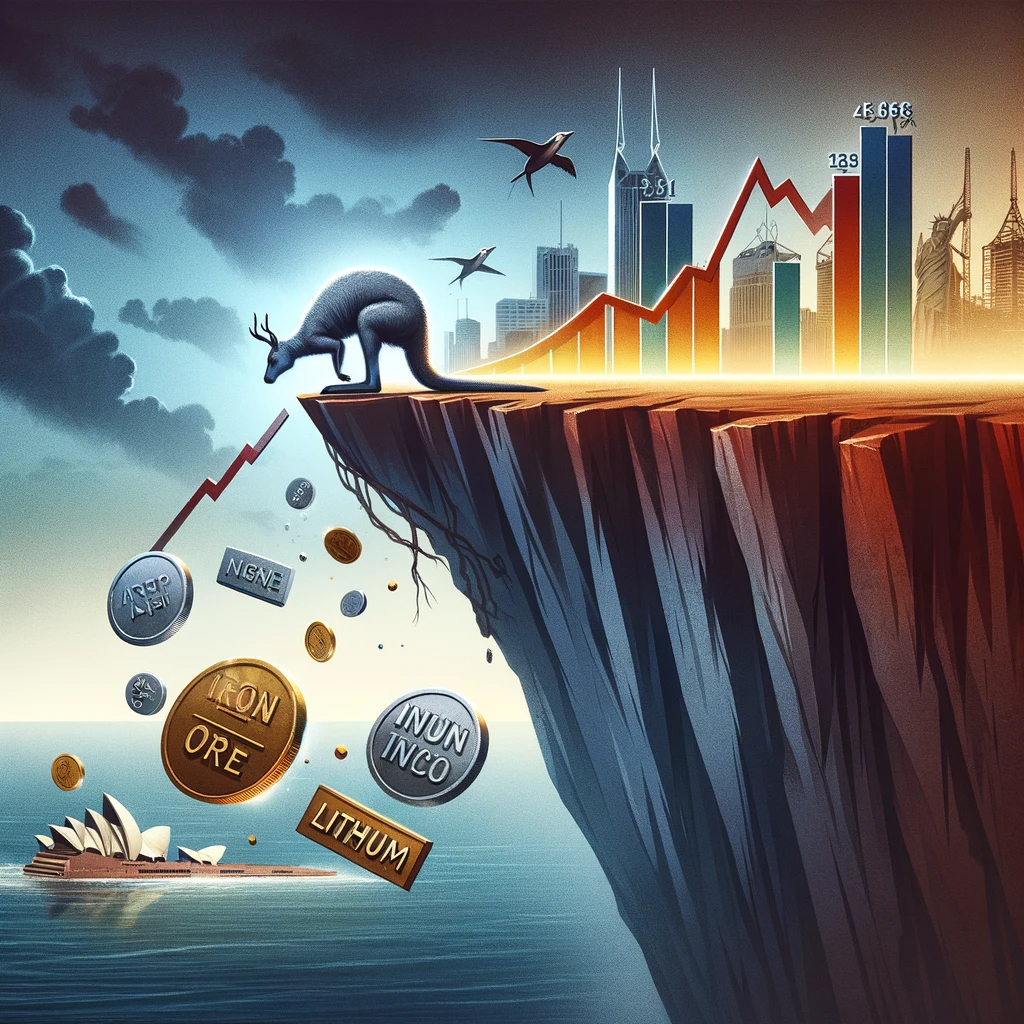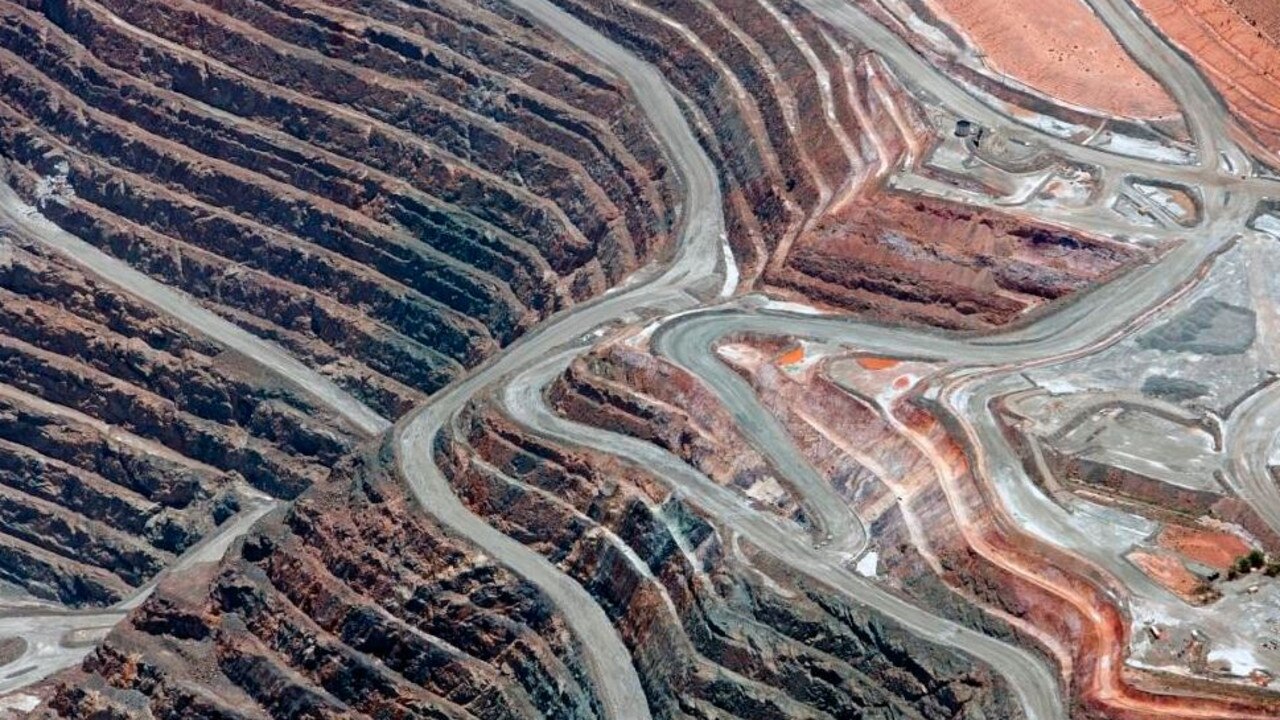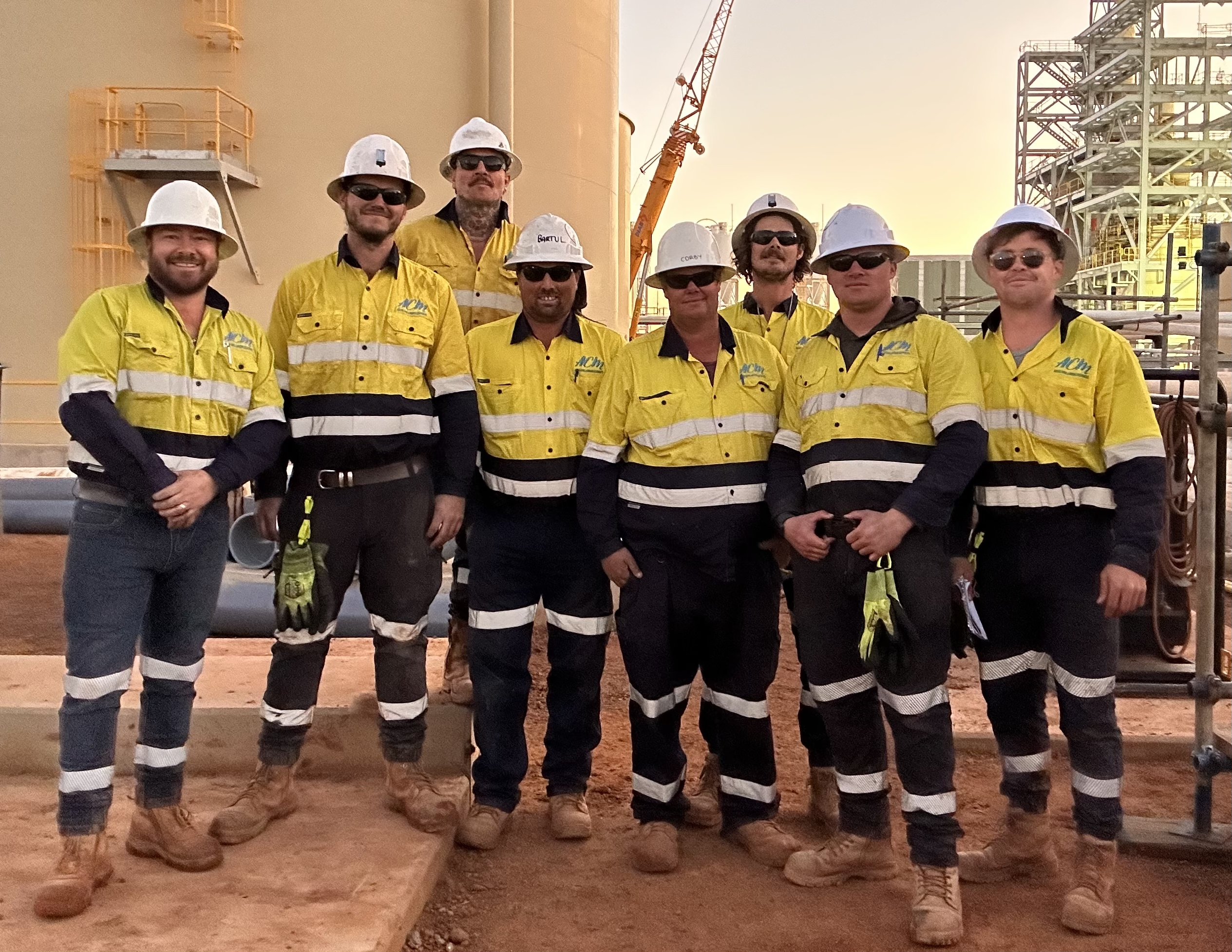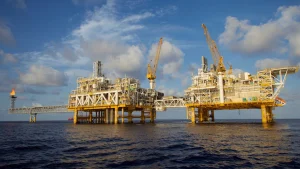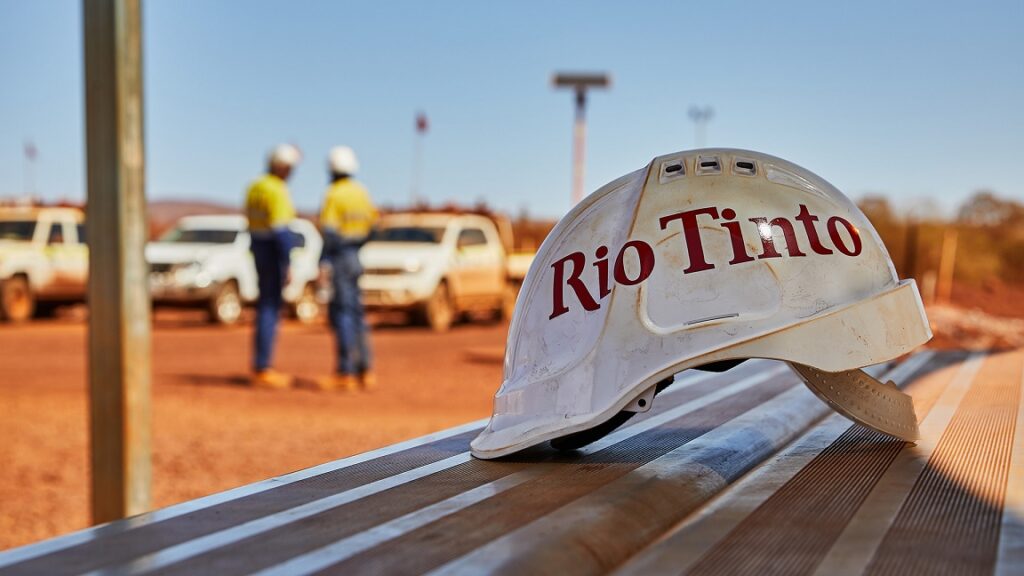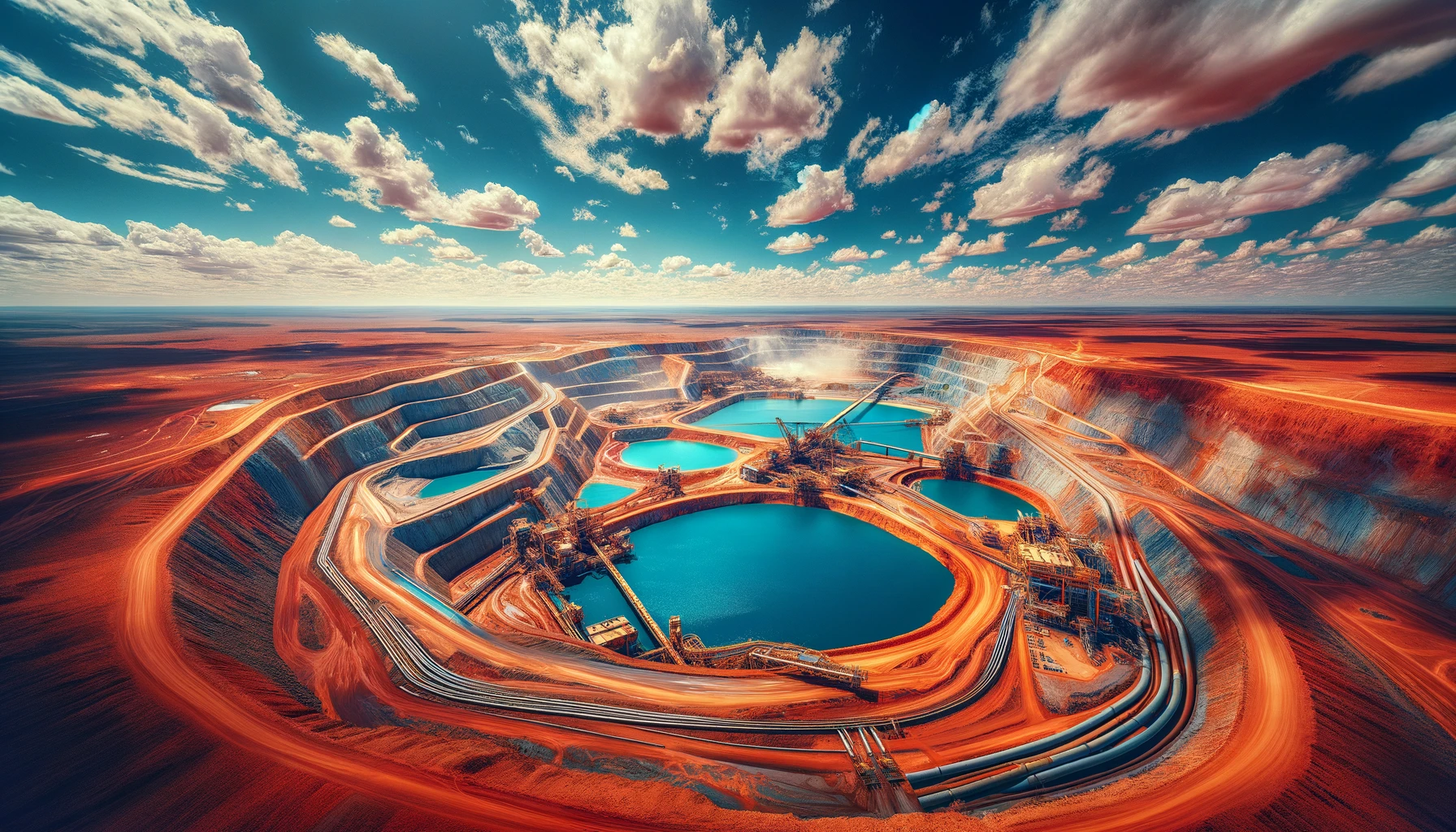Australia, often referred to as the world’s mining powerhouse, is grappling with the repercussions of a dramatic downturn in the nickel market, further complicated by allegations of large-scale price manipulation akin to those found in supermarket pricing scandals, with China being the focal point due to its substantial buying power.
As global nickel prices plummet, dropping from a peak of $50,000 per metric ton in 2022 to approximately $16,500, the Australian government finds itself in a precarious position, needing to inject billions into the economy for corporate support and forgoing significant royalty revenues. This economic strain threatens thousands of jobs as major mining corporations reevaluate their Australian operations.
The mining behemoth BHP witnessed a staggering 86% decrease in net profit for the half-year reported on February 20, 2024, burdened by the devaluation of its nickel assets and lingering financial obligations from a disaster in Brazil dating back to 2015.
This crisis isn’t isolated to nickel alone; the steel, iron ore, and lithium sectors are facing similar market disruptions, primarily driven by China’s aggressive market strategies, including flooding the market with excess supply, rendering competition nearly impossible.
Nickel, crucial for manufacturing high-capacity batteries and advanced alloys, represents just a part of the broader challenge posed by rare earth and critical minerals essential for modern technology and green initiatives. China’s dominance in the processing of these materials, due to its subsidization policies and willingness to overlook environmental damages, poses a strategic challenge globally, especially as it controls a significant portion of the world’s supply.
Australia’s resource management strategy, often criticized for its ‘dig and ship’ approach, contrasts sharply with China’s and Indonesia’s efforts to dominate the value-added segments of these critical industries. Such strategies have led to China’s leadership in clean energy and advanced technology sectors, making it a formidable force in the global market.
This competitive landscape is further complicated by geopolitical maneuvers, including trade restrictions and embargoes, with China showing a readiness to use its economic leverage to influence global markets and policies, as seen in its reactions to calls for COVID-19 inquiries and its control over crucial mineral exports.
The collapse in metal market prices, especially for lithium, casts a shadow over the future economic viability of mining and processing these materials without significant subsidies from Western governments. Australia’s vulnerability is highlighted by the recent operational suspensions and closures in the mining sector, underscoring the need for a strategic reassessment of its position in the global market.
The debate now centers on how Australia can leverage its rich resources and high environmental, social, and governance (ESG) standards to attract investment and reduce reliance on China. This may involve developing a domestic market for these materials or establishing national processing facilities to cater to environmentally conscious international markets, thereby securing a more sustainable and resilient future for its critical mineral industries.
However, in the past few decades, Canberra has concentrated more on the privatization of national assets rather than investing in them.
The Australian Strategic Policy Institute (ASPI) cautions that policies implemented under President Xi Jinping’s leadership amplify China’s excessive influence and further obscure the distinctions between the private sector and government in China. “This represents a political risk that exacerbates the economic peril of depending too heavily on a single market,” ASPI highlights.




